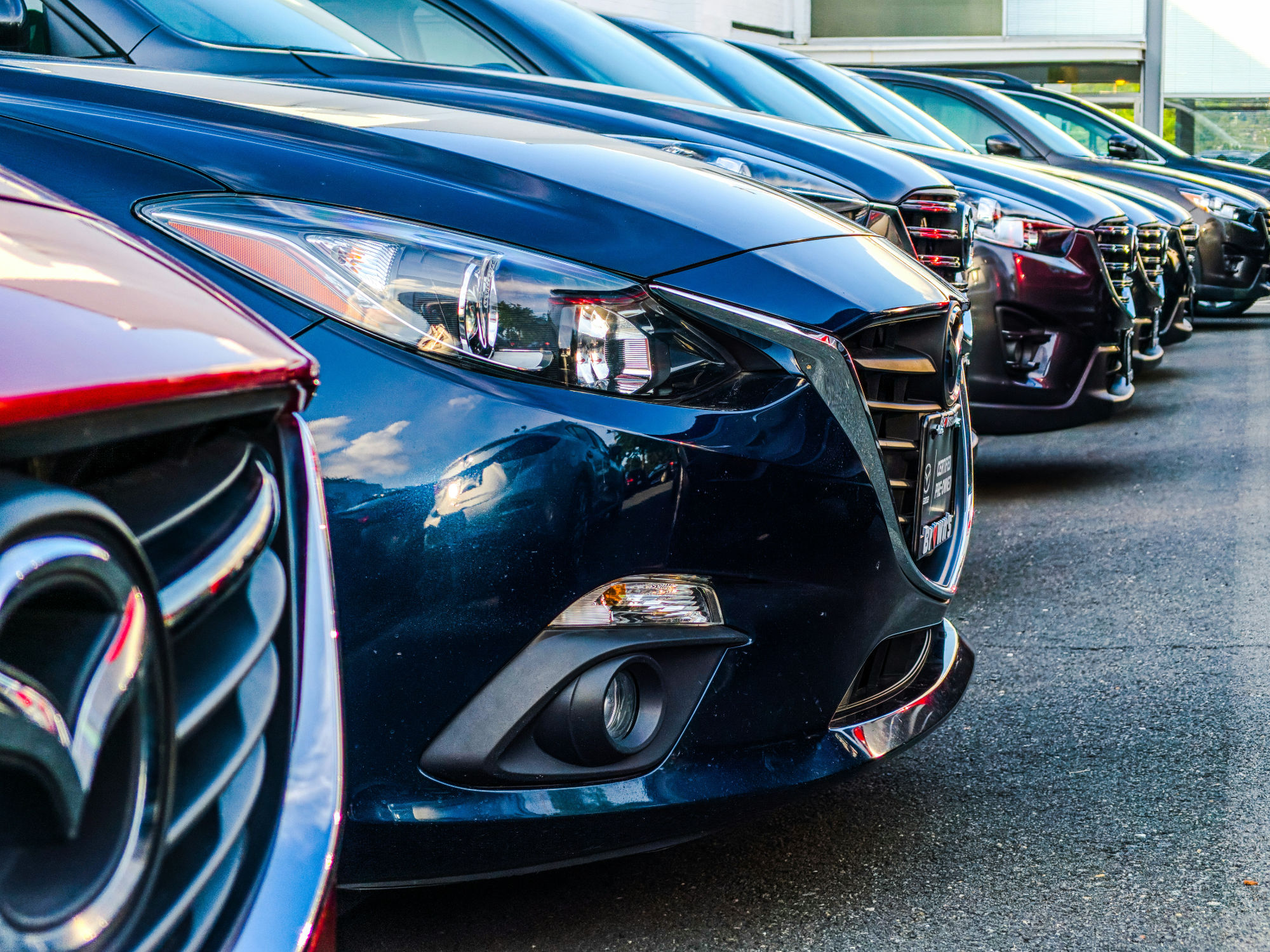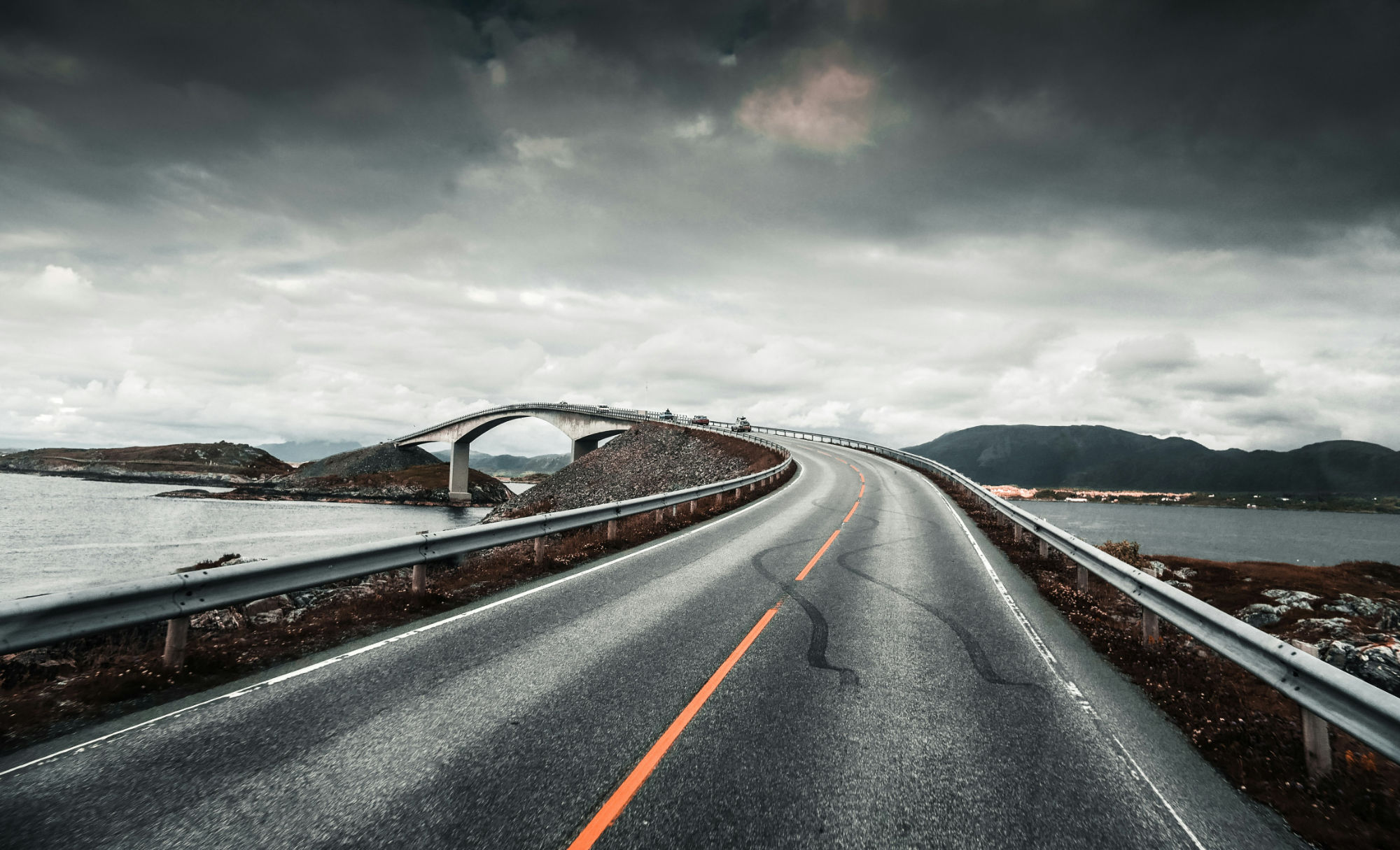Winter Driving in Europe: Snow Chains, Winter Tires, and Mountain Rules

If you’re aiming for the Alps, the Pyrenees, or Nordic fjords this winter, your packing list needs more than gloves and a thermos. Europe’s winter driving rules vary by country, altitude, and sometimes even by specific road segments. This guide cuts through the noise: you’ll learn where winter tyres (tires) are mandatory, when chains become non-negotiable, how to read mountain signage, and how to prepare a rental car or your own vehicle for snow and ice.
TL;DR:
In much of Europe you must use true winter tyres (marked with the Three-Peak Mountain Snowflake, or 3PMSF) when roads are wintry; some countries fix a winter season window or apply mountain-area rules.
Chains are required when signposted or ordered by authorities; mountain passes can enforce this and often cap speed around 50 km/h.
France’s mountain law requires winter equipment in designated communes from November 1 to March 31. Austria applies a situational rule from November 1 to April 15. Switzerland has no blanket mandate but expects you to be properly equipped and to fit chains when signs demand it.
Spain has no nationwide winter-tyre mandate, but authorities can require chains or winter tyres on affected roads—watch roadside signs and alerts.
In the Nordics, Sweden requires winter tyres when winter conditions exist between December 1 and March 31; Finland uses a conditions-based November–March approach; Norway focuses on tread-depth minimums and may charge studded-tyre fees in some cities.
Quick glossary (so we speak the same language)
3PMSF winter tyre
Look for the Three-Peak Mountain Snowflake symbol on the sidewall. In countries with situational winter-tyre rules, this certification is the standard for a legal “winter service” tyre. Modern all-season tyres are acceptable if they carry the 3PMSF mark.
Studded vs. friction (non-studded) winter tyres
Studded tyres bite into ice and are excellent for frequent hard-pack or freezing-rain conditions. Friction tyres use softer rubber and aggressive siping to perform on snow and in the cold without metal studs. Many cities place date limits or fees on studs, so check local rules.
Snow chains and textile “socks”
Chains deliver maximum bite on packed snow and ice, especially on steep grades. Textile socks are a helpful temporary aid, but where a “chains required” sign is posted, many countries require metal chains specifically. Always match your chain size to your tyre size.
Where (and when) winter equipment is required
France (mountain areas)
Under the mountain equipment rules, many communes in the Alps, Massif Central, Jura, Pyrenees, and Vosges require winter tyres (3PMSF) or the ability to fit chains/socks from November 1 to March 31. If you’re headed into ski territory, carry the equipment even if your plan is to stick to the valleys—you may hit a chain checkpoint when snow falls.
Germany
Germany runs a situational winter-tyre rule: when roads are wintry (snow, slush, ice), you must be on 3PMSF tyres. Older “M+S-only” tyres no longer qualify. You’ll also encounter the round blue sign indicating chains required on certain mountain roads. Don’t ignore it; authorities do spot checks during snow cycles.
Austria
From November 1 to April 15, cars up to 3.5 t must use winter tyres in wintry conditions, or you may fit chains on at least two driven wheels (only on snow/ice-covered roads). If a blue chains sign appears, chains are mandatory—even if you already have winter or studded tyres.
Switzerland
Switzerland has no general winter-tyre mandate, but you’re expected to maintain control of your vehicle. If you block traffic because you were inadequately equipped, you can be fined. Chain requirements are strictly enforced where signposted, which is common on alpine ramps during heavy snow.
Italy
Italy relies on regional and road-specific ordinances in winter. In northern regions—such as South Tyrol, Trentino, and Aosta Valley—winter tyres are required over a defined period, and many routes mandate carrying chains. Mountain autostrade and provincial roads publish seasonal rules; expect to see signage near pass approaches and tunnels.
Spain
Spain does not impose a nationwide winter-tyre season. However, chains or winter tyres can be mandated on affected roads during snow events. The traffic authority’s alerts and roadside signs will guide you. If you’re bound for the Pyrenees or Cantabrian Mountains, carry chains and watch for control points.
Slovenia and Czechia
Slovenia requires winter equipment roughly mid-November to mid-March (and outside those dates when conditions demand it). The Czech Republic requires winter tyres from November 1 to March 31 when wintry conditions exist or where posted; police conduct periodic checks on popular corridors to ski areas.
Nordics (headline rules for visitors)
Sweden: Winter tyres are required when winter conditions exist between December 1 and March 31, with a minimum tread depth for cars. Studded tyres are allowed from October 1 to April 15, and outside those dates if conditions warrant.
Finland: Condition-based rules apply from November to March. Studded tyres are typically allowed in the same window, with flexibility for weather.
Norway: Emphasis on tread depth rather than calendar dates for much of the country. Studded tyres are seasonal and may incur city fees (for example in Oslo or Bergen). Heavy vehicles must carry chains in winter conditions.
Tip: If you’re crossing borders, treat the strictest rule you’ll encounter as your baseline. That way you’re never caught out at a checkpoint.
How to choose the right tyres (and why 3PMSF matters)
Insist on the 3PMSF symbol. This mark is your proof of winter capability and the legal standard in countries with situational rules. If your all-season tyres carry 3PMSF, they qualify as winter tyres in many jurisdictions.
Use matching tyres on all four corners. Mixing winter and summer tyres creates unpredictable handling.
Mind tread depth. Nordic countries specify minimums in winter; aim higher than the legal minimum for real-world safety.
Studded or friction? Choose studs if you expect frequent ice and hard-packed snow; choose friction tyres if you’ll spend time on cleared motorways and value refinement. Check any city fees or restrictions on studs before you go.
Snow chains: when you must use them (and how to avoid misery)
Learn the sign. The blue round sign with a tyre and chain means chains required. When you see it, pull over safely and fit chains. Typical speed limits are around 50 km/h with chains fitted.
Practice before you need them. Fit the chains at home or at the rental depot once. Pack gloves, a headlamp, and a kneeling mat.
All-wheel drive isn’t a free pass. Most AWD vehicles still call for one pair of chains on the primary driven axle, sometimes two pairs in severe conditions—check the owner’s manual.
Re-tension after a few metres. Roll forward, recheck the fit, and keep speeds low. Remove the chains once you’re back on clear tarmac to protect the tyres and drivetrain.
Mountain rules that catch travelers out
Pass controls and chain checkpoints. Police or road operators can hold traffic at the base of a pass and require chains or turn under-equipped vehicles around. Expect this on classic alpine passes during active snow.
Local ordinances beat general assumptions. Italy’s provinces and France’s mountain communes publish specific corridors and dates each winter. Check your exact route, not just the country-level rule.
Studded-tyre fees and restrictions. Some Nordic cities charge a fee for studs, and a few streets restrict them. Budget for this if you’ll drive into city centres.
Speed, spacing, and grade management. Double your following distance, brake gently and early, and use lower gears on long descents to avoid overheating the brakes.
Rental car checklist (Europe winter edition)
Reserve “winterised.” Ask explicitly for 3PMSF winter tyres (not just “all-season”). In mountain regions this is common, but never assume.
Chains included and sized correctly. Confirm chain size matches the tyre size on your specific car, and ask staff to demonstrate fitting.
Cross-border permissions. Some rental firms limit the use of chains or studs, or require notice if you’re entering mountain regions.
Visibility and fluids. Ensure proper –20 °C washer fluid, a scraper, de-icer spray, and a snow brush.
Spare wheel or repair kit. Many rentals include only a repair kit; a true spare is preferable for remote alpine roads.
Pre-trip prep: a 10-minute safety audit
Tyres: 3PMSF confirmed, tread depth adequate, pressures set cold.
Chains: correct size, dry-run completed, gloves and mat packed.
Fluids and visibility: washer fluid winter-rated, wipers in good condition, demisters working.
Emergency kit: warm layers, blanket, waterproofs, power bank, snacks, water, warning triangle, hi-viz vest, shovel/brush.
Navigation: download offline maps for mountain regions and bookmark national road info pages or apps for the countries you’ll cross.
Plan B options: identify tunnels or valley routes to bypass high passes during storms; build in slack on days with major climbs.
Country cheat sheet (verify before you go)
France (mountain communes): Winter equipment required from November 1 to March 31; signage and prefecture lists define the exact zones.
Germany: Winter tyres (3PMSF) required when roads are wintry; “M+S-only” tyres are no longer acceptable. Chains when the blue sign appears.
Austria: Situational rule from November 1 to April 15; chains permitted on snow/ice and mandatory where signed.
Switzerland: No blanket winter-tyre law, but you’re liable if you block traffic; chains where indicated.
Italy (north and mountains): Local ordinances define dates and corridors; carry chains and expect roadside checks in snow.
Spain: No nationwide winter-tyre mandate; chains or winter tyres can be required on affected roads during snow events.
Slovenia: Winter equipment roughly November 15 to March 15 and whenever conditions require.
Czechia: Winter tyres November 1 to March 31 when wintry conditions exist or where signed.
Sweden: Winter tyres December 1 to March 31 when wintry; studs permitted October 1 to April 15 (flexible for conditions).
Finland: Condition-based November–March; studs allowed in the same window, with flexibility for weather.
Norway: Tread-depth minimums apply; studded-tyre fees in certain cities; heavy vehicles must carry chains.
Driving technique on snow and ice (short, but effective)
Smooth is everything. Gentle throttle, gentle steering, gentle braking.
Eyes up. Look far ahead and anticipate tight bends, crests, and shaded icy patches.
Use engine braking. Downshift early on long descents to keep brakes cool and effective.
Trust the electronics. ABS and ESC are designed to help; don’t disable stability control on public roads.
If you skid: come off the throttle, look where you want to go, and steer toward that point with calm inputs.
FAQs
Are winter tyres cheaper than buying chains?
They serve different purposes. Winter tyres improve grip all winter—cold, wet, slushy, snowy—while chains are for specific, severe moments on steep or untreated sections. In mountain countries, you often need both: tyres for season-long safety, chains for signed segments.
Are snow socks acceptable everywhere?
They’re useful, but where a chains-required sign is posted, many authorities insist on metal chains. Treat socks as a helpful backup, not a legal substitute.
Do I need winter tyres in Switzerland?
Not by blanket law, but you’re expected to be adequately equipped. If you block traffic because your tyres can’t cope, you can be fined, and chain signs are enforced.
What changed recently in Germany?
The transition allowing old M+S-only tyres ended; when winter tyres are required, they must be 3PMSF. All-season tyres with 3PMSF qualify.
How do I know when chains are required?
Watch for the blue round sign that depicts a tyre with a chain. When you see it, fit chains and keep your speed down until conditions improve.
Final checklist for a drama-free winter road trip
Tyres: 3PMSF winter or all-season with 3PMSF; respect country-specific dates and conditions.
Chains: correct size, practiced fitting; metal chains if your itinerary includes chain-signed alpine roads.
Paperwork and apps: keep road authority apps or bookmarks handy for live closures, avalanche controls, and chain requirements.
City rules: check studded-tyre fees or restrictions if you’ll drive into Nordic city centres.
Plan B: in a blizzard, take the tunnel or wait it out—safety first.
With the right tyres, a set of chains you actually know how to fit, and a quick scan of local rules before you go, winter road-tripping across Europe is not only doable—it’s brilliant. Crisp air, quieter roads, and hot chocolate that somehow tastes better at 1,800 meters. Drive smooth, read the signs, and enjoy the snow.


